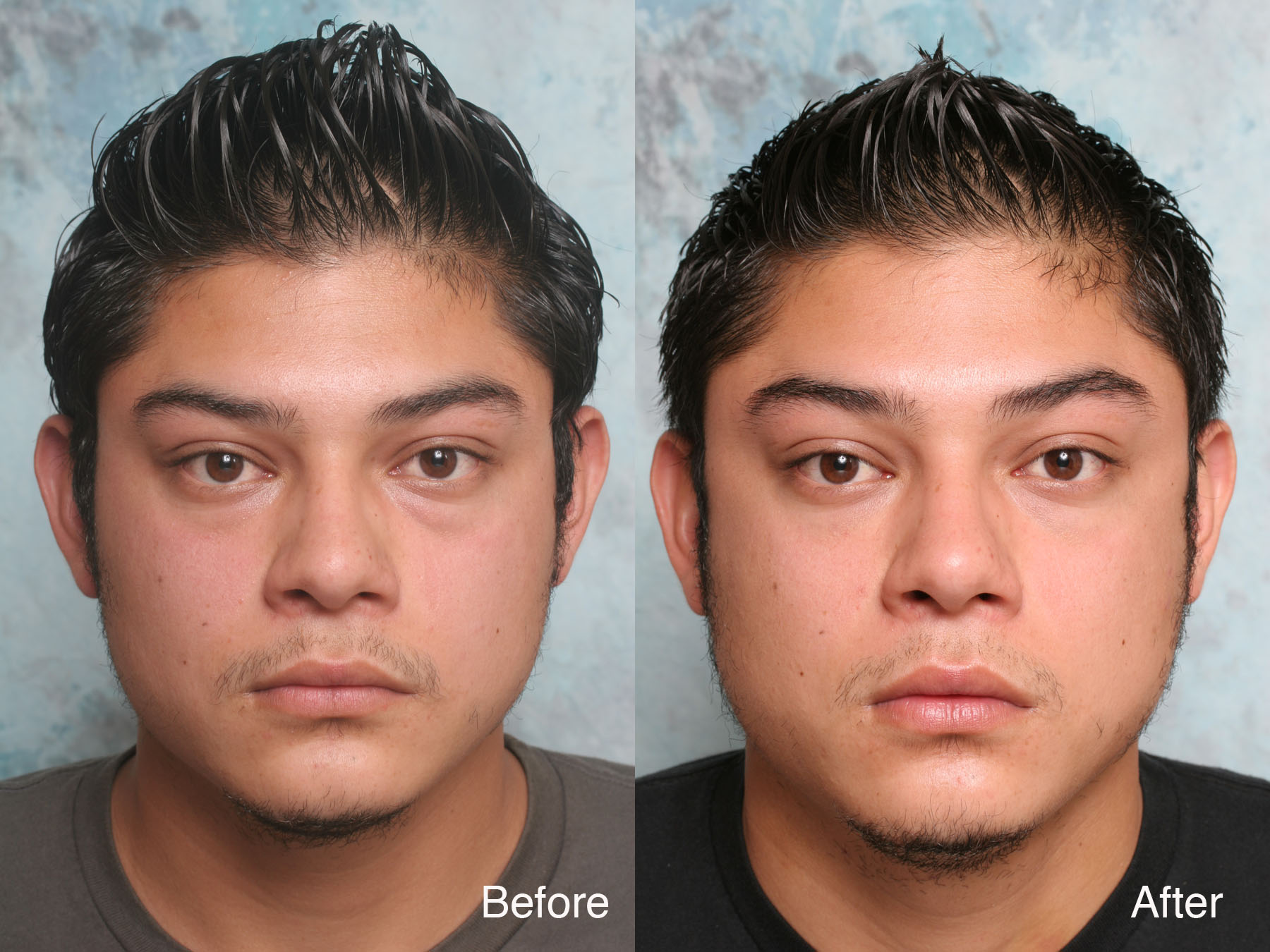The Benefits of an Eyelid Surgery - Boost the Lift of the Lids
Blepharoplasty, or eyelid surgery, is a treatment surgically carried out on either the lower or upper eyelid to improve the skin's appearance around the eye. For the upper eyelid, eye surgery is utilized to enhance droopy or redundant skin that appears on the upper eyelid extending to the forehead. As we age, the eyelid's skin loses its flexibility. The structures which support the forehead's skin compromise, which can lead to excess skin that can hang past the edge of the eyebrow. The fat and the muscles of the upper eyelid https://en.search.wordpress.com/?src=organic&q=Eyelid Surgery can change with age, leading to an unattractive bulge.
Typically, blepharoplasty includes taking away the excess skin from the upper cover to bring back a concise eyelid crease and provide the upper eyelid a good and smooth look. For those with bulging fat within the upper eyelid, blepharoplasty, or eye surgery can likewise include getting rid of the bulging fat.
Eyelid surgery (blepharoplasty) is a typical cosmetic cosmetic surgery to remove excess skin, muscle or fat from the upper and lower eyelids. Blepharoplasty plastic surgery boosts saggy skin under the eyes, sinking upper eyelids, or eyelashes that impair and droop vision. The surgery might also be done to deal with a medical condition called ptosis (sagging eyelid), that is triggered by bad muscle tone or nerve damage. Ptosis makes the eyelids hang extremely low and block vision. Blepharoplasty assists drooping eyelids, but not eyebrows or wrinkles that sag. It is normally performed with another type of plastic surgery like a facelift brow-lift to improve facial sagging, saggy eyebrows, or crow's feet.
As we age, excess skin forms around the eye location and the skin loses elasticity. Fatty tissue likewise may build up under the skin. Your eyes will "look older" because aging processes leave them appearing tired, wrinkled or puffy. Even with a good skin care and eye care routine, puffiness, wrinkles, and sagging eyelids will take place. Body chemistry and hereditary aspects can even trigger these types of aging impacts in younger people. Plastic surgery has the possible to bring back a renewed and younger appearance to your eyes.
The perfect candidates for blepharoplasty are physically healthy, educated about the procedure and emotionally steady. The best prospects are generally at least 35 years of age (although hereditary aspects can show treatment for more youthful patients). Prospects might be left out if they struggle with any one of the following conditions: hypothyroidism, cardiovascular disease, diabetes, glaucoma, dry eyes, high blood pressure, or Graves' illness.
Incisions are Dorow website made throughout the line creases of the upper eyelid and sometimes along the external rim of the eye's skin. When removing fat, though not skin, the cosmetic surgeon might perform a transconjunctival blepharoplasty with by cutting inside the lower rim of the eye's skin. These cuts frequently reach the outer corners of the eyes. The doctor then divides the fatty tissue and muscle from the skin so that extra skin, fat, or muscle can be gotten rid of.

Blepharoplasty, or eyelid surgery, is a treatment surgically carried out on either the lower or upper eyelid to enhance the skin's appearance around the eye. For the upper eyelid, eye surgery is used to improve droopy or redundant skin that appears on the upper eyelid extending to the forehead. Traditionally, blepharoplasty includes taking away the excess skin from the upper lid to restore a concise eyelid crease and supply the upper eyelid a good and smooth appearance. Eyelid surgery (blepharoplasty) is a common cosmetic plastic surgery to get rid of excess skin, muscle or fat from the upper and lower eyelids. Blepharoplasty cosmetic surgery boosts saggy skin under the eyes, sinking upper eyelids, or eyelashes that impair and sag vision.
